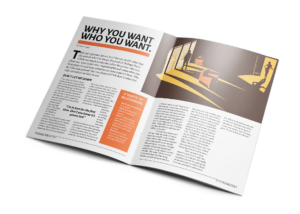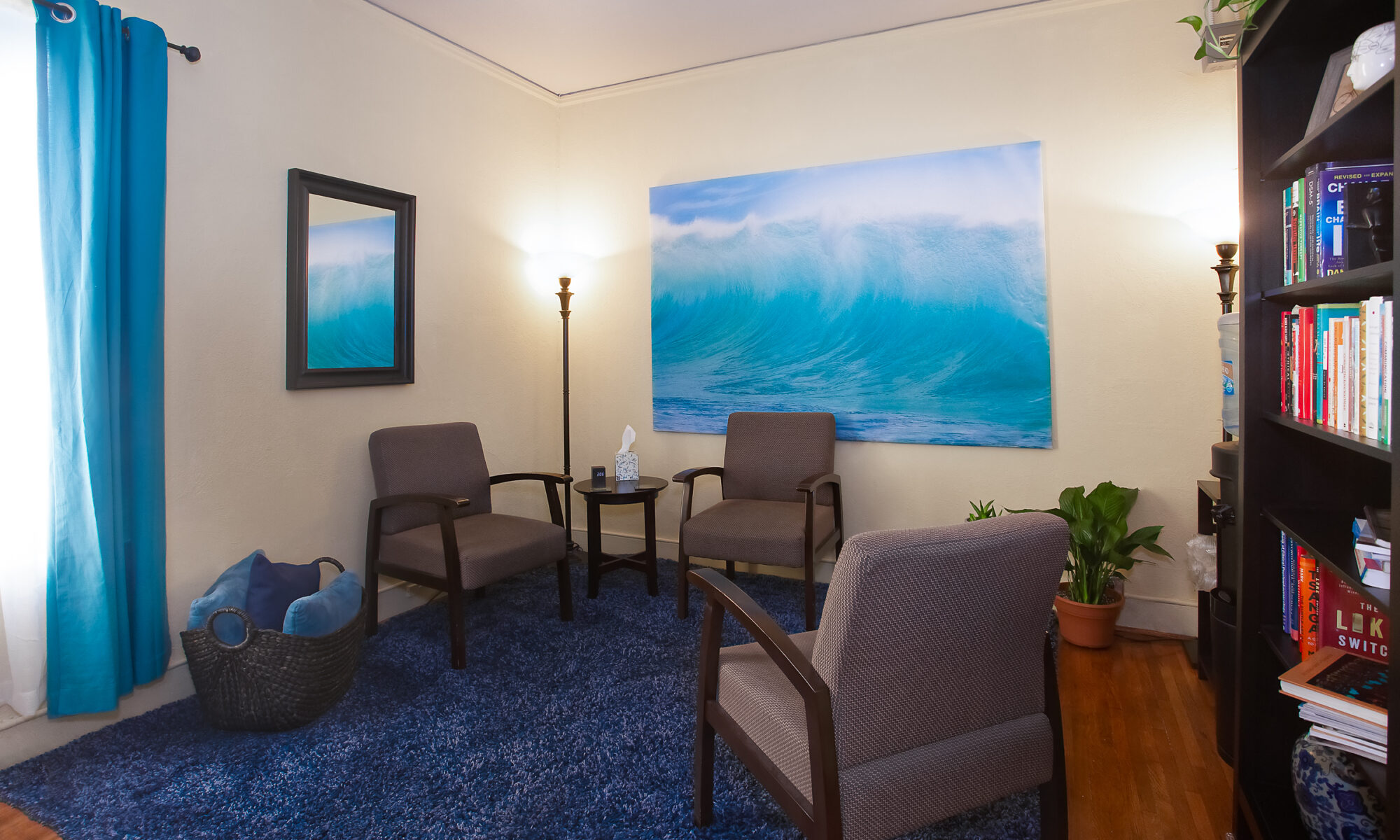
As you might imagine, I read a lot of articles about psychology and relationships. A lot! I learn new things all the time, and I find that suggestions offered for how to improve one’s relationship to be generally spot on–on paper at least, and that is where the problem is. I often think to myself, why, with all the good advice and suggestions available, why are so many still struggling to build and keep satisfying relationships? Why can’t we just take the skills we read about, apply them, and see things get better?
Well, you can. You can take the skills and apply them and have things get better, but you can also try to apply them and have nothing change. And save for a few very honest couples therapists, not many writers will tell you this information in the selling points of their books.
What I hope to explore in this article is not whether or not relationship books are helpful (they are), but instead what makes it difficult to implement what they suggest–obstacles that are not talked about that I see time and again in my therapy office. For brevity, I have included just a few of these, but the list is by no means exhaustive.
MARIJUANA: I am no teetotaler! I think that there are many ways to get through a day, but of course some of these ways can hurt as much as they help, and this is why it is critical to make choices that work for our health and relationship as well as our mental well-being. Pot can be problematic because it affects each individual differently, but what I see consistently are two effects: it causes disconnection; and it narrows our window of tolerance over time.
In layman’s terms, when one partner is on pot and the other is not, there can be a gap in communication and connection, but usually only the sober partner recognizes this, making it difficult to be heard or acknowledged. Additionally, the partner using pot is more easily triggered into feeling attacked, and may have less capacity to self-regulate or respond in a caring way.
Working with couples like this is always a challenge because I want to be careful to not shame the partner who uses pot, but it is important to call out areas where it is not working vs. areas where it is. Unless a couple is willing to have this conversation, then they will resort to trying to change one another, to no avail.
STEROIDS: I read a number of articles about the effects of hard drugs, alcohol abuse, and prescription meds on relationships, but I have yet to find anything about the effects of steroid use on communication and conflict management. I suspect this is because steroid use is most common among gay men these days, meaning it is not considered a mainstream issue. But as someone who has gay male couples coming into my office, I know that I am not imagining the problem.
Steroid use, like marijuana, affects everyone differently, and there are generalizations about their use that do not apply universally. One of these generalizations is the idea of “roid rage”, which suggests that steroids make the user angrier and more reactive. While this does not always show up, I can attest to struggling with clients’ reactivity where one or both are using steroids to increase muscle mass.
Usually the work reaches a speedbump that is difficult to get over, and they will stop coming. As a therapist, I cannot make anyone, or even tell them, to stop using steroids, or any other substance, but I will comment on what is happening in the room and ask if this reactivity increases when they are on a cycle of the drugs. I feel this is the best I can do, and it is up to the clients to decide what is more important to them. I assure them that it is normal to have competing values, and while it is not always easy to choose between one or another, it is even more difficult to successfully reach opposing goals.
DIFFERENCES IN HOW CONSENT IS EXPERIENCED: (I intend to write a longer article about this in the future, but it warrants inclusion in this newsletter due to my recent realization of its importance.) When it comes to socks, it may be “one size fits all”, but that is not the case with subjective experiences of consent. Men and women are told different stories of what consent is, with men often hearing that “as long as they don’t say no, it is a yes!”, and women hearing a version of “you have an obligation to keep your partner happy”. True consent is rarely present in either story, and therein lies the problem with “one size fits all” approaches to it that are often suggested in print.
I have found in my work with couples that agreements around consent are different in every relationship, and therefore it must be discussed. For many reasons, they usually are not discussed, causing issues with sexual satisfaction and frequency, silent resentments, trust, safety, and more. A couples’ failure to talk about consent stems from either cultural assumptions or ignorance, both of which can be remedied for the benefit of their sex life.
Reading about consent is good, but often not good enough. A book cannot tell you about any negative conditioning you or your partner may have personally been exposed to in the past that interferes with true consent. Books that I have read suggest that willingness be present in any sexual situation, but what if you have never felt truly willing in a sexual situation? Willingness is easier if you feel you have the power to say no, but if not, can one truly give consent?
If you are having trouble with consent in your relationship, or any of the other issues I wrote about, I strongly suggest seeking out the help of a qualified couples and sex therapist–your relationship, satisfaction, and safety may depend on it!





